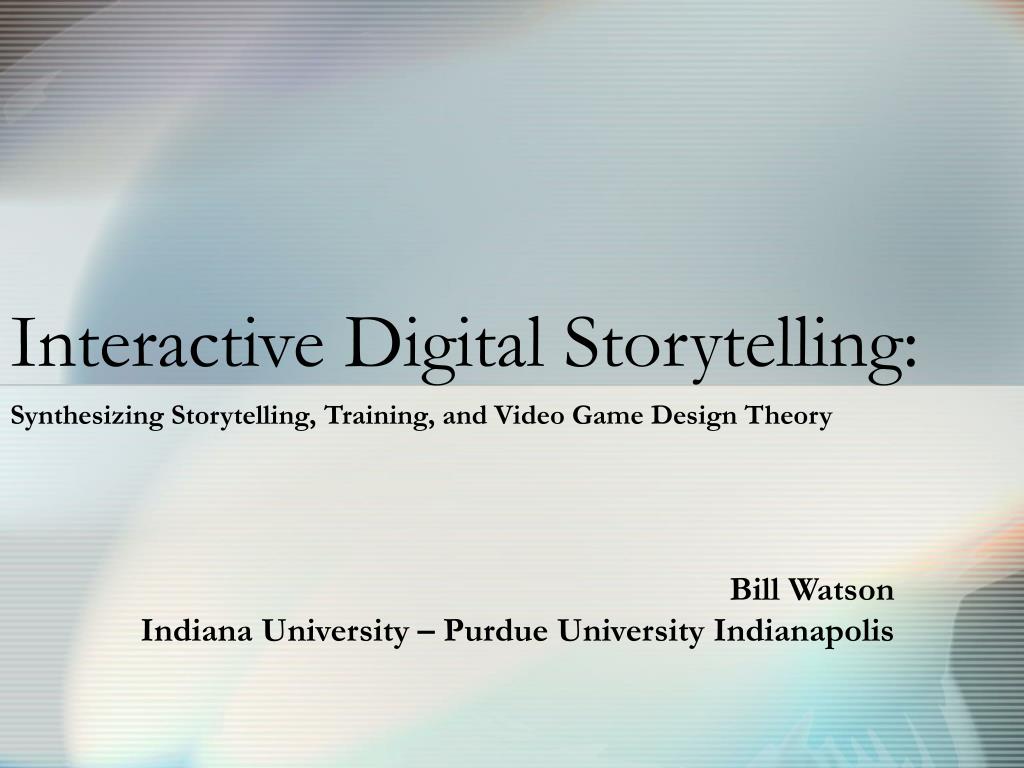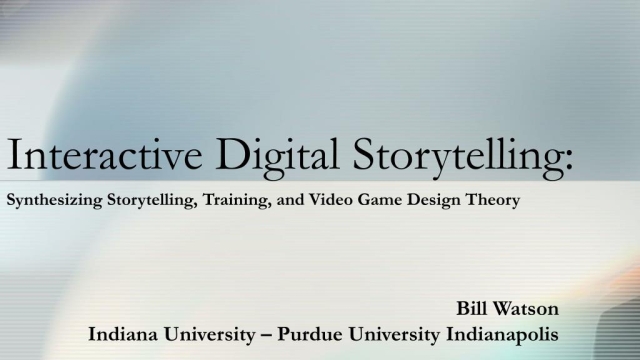
Once upon a time, in a world where imagination roams freely, storytellers wielded their words like pieces of magic, capturing hearts and minds with the power of their tales. Through the ages, storytelling has been an art form that transcends boundaries, cultures, and generations. It is a timeless practice that allows us to connect, to be transported to different realms, and to experience the beauty of emotions brought to life through mere words.
At its essence, storytelling is the art of weaving a tapestry of words, intricately entwining characters, plots, and themes to create a narrative that resonates with the deepest recesses of our souls. It is a form of expression that enables us to communicate, to impart wisdom, and to ignite the flames of imagination. Storytelling holds the key to unravel emotions, provoke thoughts, and inspire change, serving as a guiding light that illuminates the human experience.
In this article, we will delve into the enchanting world of storytelling, exploring its origins, its various forms, and the remarkable impact it has on both the storyteller and the listener. We will uncover the secrets hidden within the art of storytelling, examining the ingredients that make a story truly captivating, and the techniques employed to craft narratives that leave indelible imprints on our hearts. So, embark on this wondrous journey with us as we unlock the magic of storytelling and discover how it continues to shape our lives in the most extraordinary ways.
The Power of Narratives
Stories have an incredible ability to captivate our imagination and transport us to different worlds. They have the power to evoke emotions, instill values, and inspire change. Whether through spoken words, written text, or visual media, storytelling holds a profound place in human history.
When we engage with a compelling narrative, we become invested in the characters, their struggles, and their triumphs. It allows us to experience empathy, as we step into the shoes of another person and see the world through their eyes. Through storytelling, we can gain a deeper understanding of diverse perspectives and cultures, fostering a sense of unity and connection.
Moreover, narratives have the potential to shape our beliefs, attitudes, and behaviors. They have a way of influencing our thoughts and actions, often by presenting relatable situations and universal themes. From ancient folklore and mythologies to modern-day novels and movies, stories serve as a mirror to our own lives, enabling us to reflect on our experiences, values, and aspirations.
In a world where information is abundant, stories act as a powerful tool for communication and retention. They give shape to ideas, making them easier to understand and remember. By weaving words together thoughtfully, storytellers can convey complex concepts and convey messages that resonate deeply with their audience.
In conclusion, storytelling has a unique ability to move, inspire, and transform us. It taps into the essence of our humanity, connecting us on a deep level and leaving a lasting impact. Whether for entertainment, education, or advocacy, the magic of storytelling continues to shape our society and shape our shared experiences.
Elements of an Engaging Story
A well-crafted story has the power to captivate, inspire, and transport readers to different worlds. The art of storytelling is an intricate blend of various elements that work together harmoniously to create an engaging narrative. Here, we will explore some essential components that contribute to the magic of storytelling.
-
Characters: Protagonists, antagonists, and supporting characters bring life and depth to a story. Their personalities, motivations, and conflicts shape the narrative and drive the plot forward. Readers become emotionally invested in these characters, empathizing with their triumphs and tribulations, making them an integral part of the storytelling experience.
-
Plot: A compelling plot takes readers on a journey filled with twists, turns, and surprises. It is the backbone of a story, providing the structure that keeps readers hooked. A well-crafted plot weaves together conflicts, challenges, and resolutions to create a sense of progression and fulfillment. This element adds excitement, suspense, and anticipation, making readers eager to unravel the story’s outcome.
-
Setting: The setting of a story serves as the backdrop against which the events unfold. It includes the physical environment, time period, and societal context that shape the characters and their actions. An immersive and vividly described setting helps readers visualize the story and creates an atmosphere that enhances the narrative’s impact.
In the art of storytelling, these elements come together like threads in a tapestry, forming a captivating narrative that resonates with readers. Whether it is a heart-wrenching drama, an epic adventure, or a thought-provoking tale, the artistry lies in blending these elements seamlessly to create a story that touches the hearts and minds of its audience.
Mastering the Craft of Storytelling
Storytelling is an ancient art form that has captivated and enchanted people across cultures and generations. It holds the power to transport us to different worlds, evoke deep emotions, and ignite our imagination. Mastering the craft of storytelling requires a combination of skill, creativity, and a deep understanding of human nature.
-
Crafting Compelling Characters: One of the key elements of a great story is the characters that inhabit it. A skilled storyteller has the ability to create well-rounded, relatable characters that resonate with the audience. These characters come to life through their actions, dialogue, and emotions, making the audience emotionally invest in their journey.
-
Weaving the Narrative: A well-crafted narrative serves as the backbone of any story. It guides the audience through a cohesive, engaging journey from beginning to end. A master storyteller knows how to structure the narrative, strategically revealing key plot points and balancing tension and resolution. They create a sense of anticipation, keeping the audience hooked until the very end.
-
Evoking Emotion: The true magic of storytelling lies in its ability to evoke emotions. A master storyteller understands the power of emotion and knows how to wield it to their advantage. They can make us laugh, cry, or feel a longing for something we have never experienced. By tapping into universal human emotions, a skilled storyteller can create a deep connection between the audience and the story.
In conclusion, mastering the craft of storytelling is a journey of constant learning and refinement. It involves honing the skills of character development, narrative structure, and emotional resonance. Through the art of weaving words, storytellers have the ability to create powerful narratives that leave a lasting impact on their audience.
